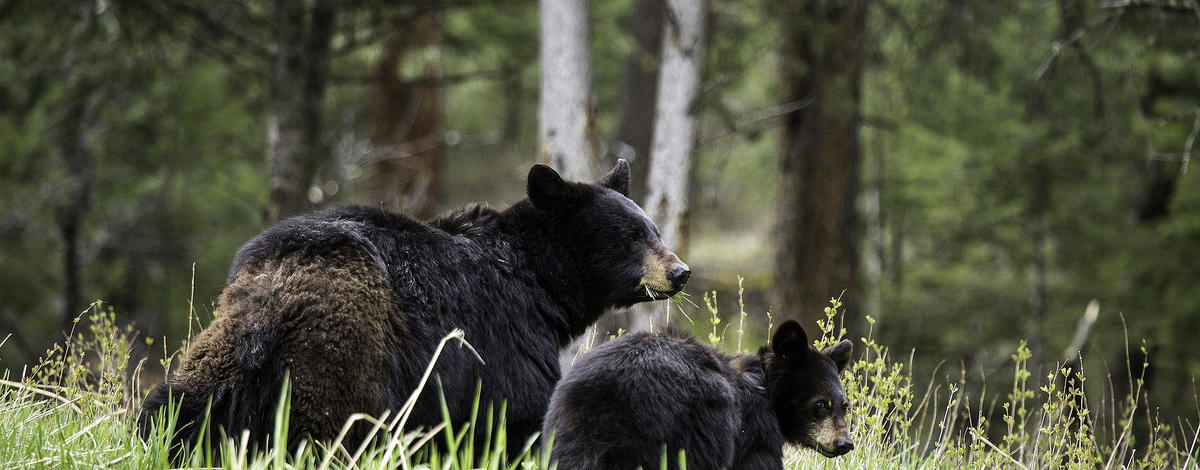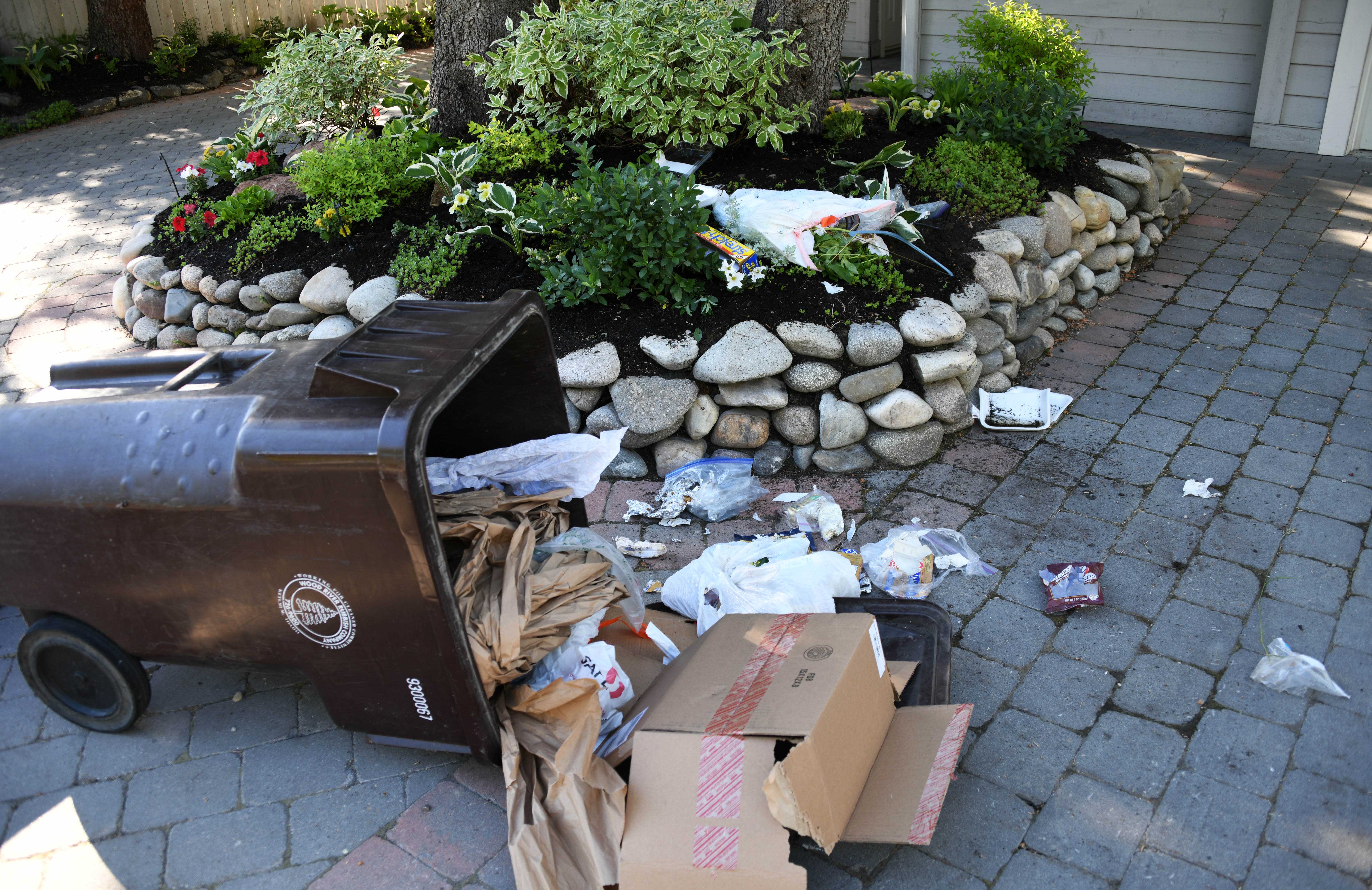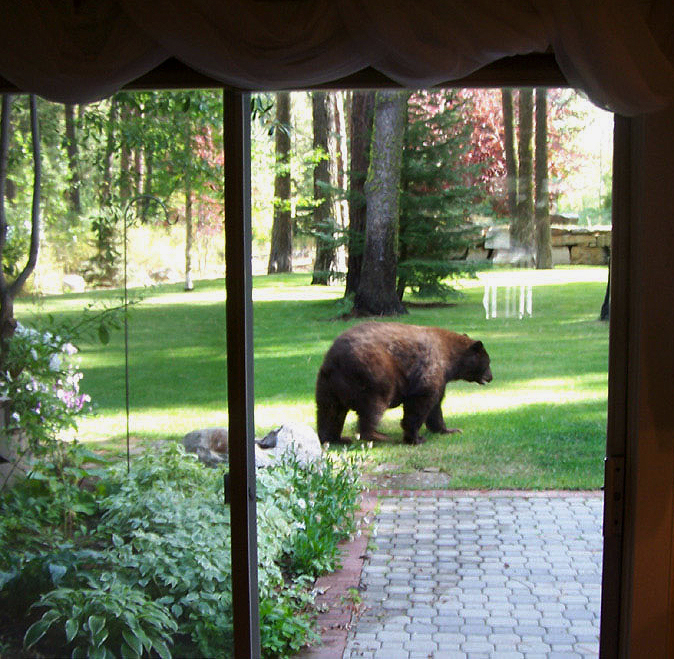It appears that we are finally on our way towards spring after a long winter. With plants starting to break their long winter dormancy, wildlife will soon be doing the same. Black bears that live in south-central Idaho and other parts of the state are waking up, and they will be very hungry.
After spending the winter months burning their fat reserves hibernating, black bears will immediately start looking for food, mostly spring grasses, but pretty much anything that can provide easy calories. During hibernation, boars (male) black bears usually lose 15-30% of their body weight, while sows with cubs can lose up to 40%. After emerging from hibernation, black bears are on a quest to eat between 15,000 – 20,000 calories a day to build up their fat reserves, which means they are constantly searching for food.
Bears can smell food for miles
After leaving their winter dens, bears begin to search out food sources by using their extremely keen sense of smell. In fact, it is believed that a bear’s sense of smell is seven times better than a bloodhound’s and is often measured in miles.
That sense of smell is a great benefit for a bear. Being omnivores, meaning they eat both plants and meat, bears will eat anything they can find. And with the nose talent of a bear they will find just about anything. This can also be a great problem for a bear and for managers of wildlife. Using their amazing sense of smell, bears might be attracted to your neighborhood looking for a food reward which too often is that leftover food now fermenting in your garbage can.
It’s not too early for all Wood River Valley and other Idaho residents to do your part to ensure that bears, as well as all wildlife, do not become food-conditioned by finding a food reward around your house.



